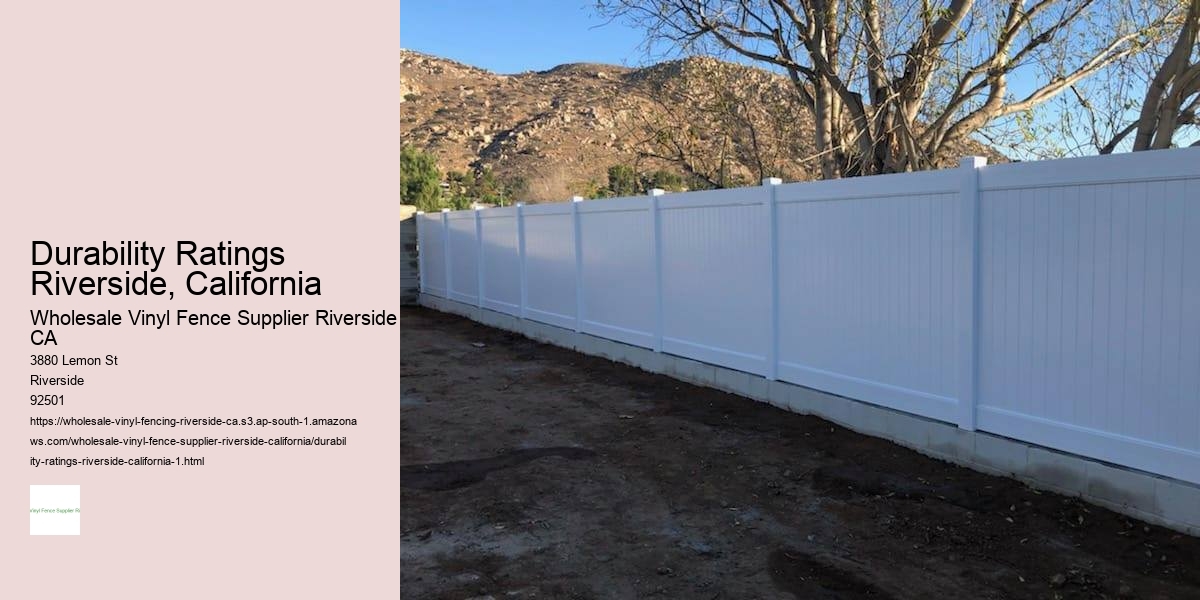The
University of California, Riverside, is in the northeastern part of the city. The university hosts the
Riverside Sports Complex. Other attractions in Riverside include the
Fox Performing Arts Center,
Museum of Riverside, which houses exhibits and artifacts of local history, the
California Museum of Photography, the
California Citrus State Historic Park,
Castle Park, and the
Parent Washington Navel Orange Tree, the last of California's two original navel orange trees.
[12]
Riverside was founded in the early 1870s. It is the birthplace of the California
citrus industry and home of the
Mission Inn, the nation's largest
Mission Revival Style building.
[11] It is also home to the
Riverside National Cemetery and the Eastern Division of the Federal District Court for the Central District of California.
Riverside is a city in and the county seat of
Riverside County, California, United States, in the
Inland Empire metropolitan area. It is named for its location beside the
Santa Ana River.
[10] It is the most populous city in the Inland Empire and in Riverside County, and is about 50 miles (80 km) southeast of downtown
Los Angeles. It is also part of the
Greater Los Angeles area. Riverside is the
59th-most-populous city in the United States and
the 12th-most-populous city in California. As of the
2020 census, it had a population of 314,998.
[7] Along with
San Bernardino, Riverside is a principal city in the nation's 13th-largest Metropolitan Statistical Area (MSA); the Riverside-San Bernardino-Ontario MSA (pop. 4,599,839) ranks in population just below San Francisco (4,749,008) and above Detroit (4,392,041).
About Riverside, California
In the late 18th century and the early 19th century, the area was inhabited by Cahuilla and the Serrano people. Californios such as Bernardo Yorba and Juan Bandini established ranches during the first half of the 19th century.
In the 1860s, Louis Prevost launched the California Silk Center Association, a short-lived experiment in sericulture. In the wake of its failure, John W. North purchased some of its land and formed the Southern California Colony Association to promote the area's development. In March 1870, North distributed posters announcing the formation of a colony in California. North, a staunch temperance-minded abolitionist from New York State, had formerly founded Northfield, Minnesota. Riverside was temperance-minded, and Republican. There were four saloons in Riverside when it was founded. The license fees were raised until the saloons moved out of Riverside. Investors from England and Canada transplanted traditions and activities adopted by prosperous citizens. As a result, the first golf course and polo field in southern California were built in Riverside.
The first orange trees were planted in 1871, with the citrus industry Riverside is famous for beginning three years later (1874) when Eliza Tibbets received three Brazilian navel orange trees sent to her by a personal friend, William Saunders, a horticulturist at the United States Department of Agriculture in Washington, D.C. The trees came from Bahia, Brazil. The Bahia orange did not thrive in Florida, but its success in southern California was phenomenal.
The three trees were planted on the Tibbets' property. One of them died after it was trampled by a cow during the first year it was planted. After the trampling, the two remaining trees were transplanted to property belonging to Sam McCoy to receive better care than L.C. Tibbets, Eliza's husband, could provide. Later, the trees were again transplanted, one at the Mission Inn property in 1903 by President Theodore Roosevelt (this tree died in 1922), and the other at the intersection of Magnolia and Arlington avenues. Eliza Tibbets was honored with a stone marker placed with the last tree. That tree still stands to this day inside a protective fence abutting what is now a major intersection.
The trees thrived in the southern California climate and the navel orange industry grew rapidly. Many growers purchased bud wood and then grafted the cuttings to root stock. Within a few years, the successful cultivation of many thousands of the newly discovered Brazilian navel orange trees led to a California Gold Rush of a different kind: the establishment of the citrus industry, which is commemorated in the landscapes and exhibits of the California Citrus State Historic Park and the restored packing houses in the downtown's Marketplace district. By 1882, there were more than half a million citrus trees in California, almost half of which were in Riverside. The development of refrigerated railroad cars and innovative irrigation systems established Riverside as the richest city in the United States (in terms of income per capita) by 1895.

